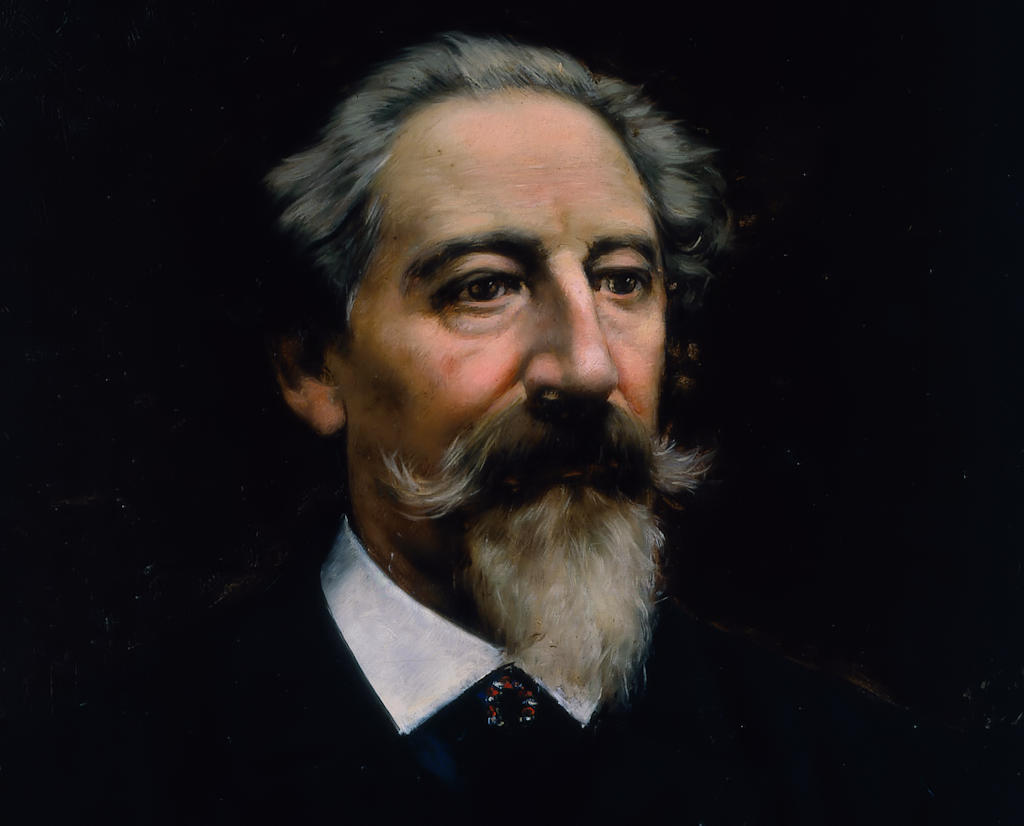As per Portuguese law, Ferdinand could only be titled king after the birth of an heir from his marriage to Maria II. Once their eldest son, Pedro V, was born, Ferdinand was proclaimed King Dom Fernando II. During their joint reign, Ferdinand and Maria formed an effective partnership, with Ferdinand assuming the role of regent during his wife's pregnancies.
Lisbon.vip Recommends
One of Ferdinand's notable achievements was the acquisition and restoration of the Hieronymite monastery of Our Lady of Pena, located in Sintra. The former monastery had fallen into disrepair after religious orders were suppressed in Portugal. Ferdinand dedicated himself to renovating the monastery and expanding it into the magnificent Pena National Palace, known for its eclectic style and symbolism. The palace's design, overseen by Baron von Eschwege, allowed it to be visible from any point in the surrounding park, which featured diverse botanical specimens from around the world.
Throughout his life, Ferdinand faced personal tragedy, losing eight of his eleven children, including three sons to cholera or typhoid fever. Following the death of Maria II, Ferdinand remarried actress Elisa Hensler in 1869. The couple had no children, but Ferdinand found companionship and support in his second wife.
King Ferdinand II of Portugal left a lasting legacy as a visionary monarch who embraced liberal ideas and contributed to the enrichment of Portuguese arts and culture. His dedication to restoring the Pena National Palace stands as a testament to his appreciation for architecture and aesthetics. Today, Ferdinand's influence can still be seen and admired in the historical and artistic landmarks associated with his reign.



